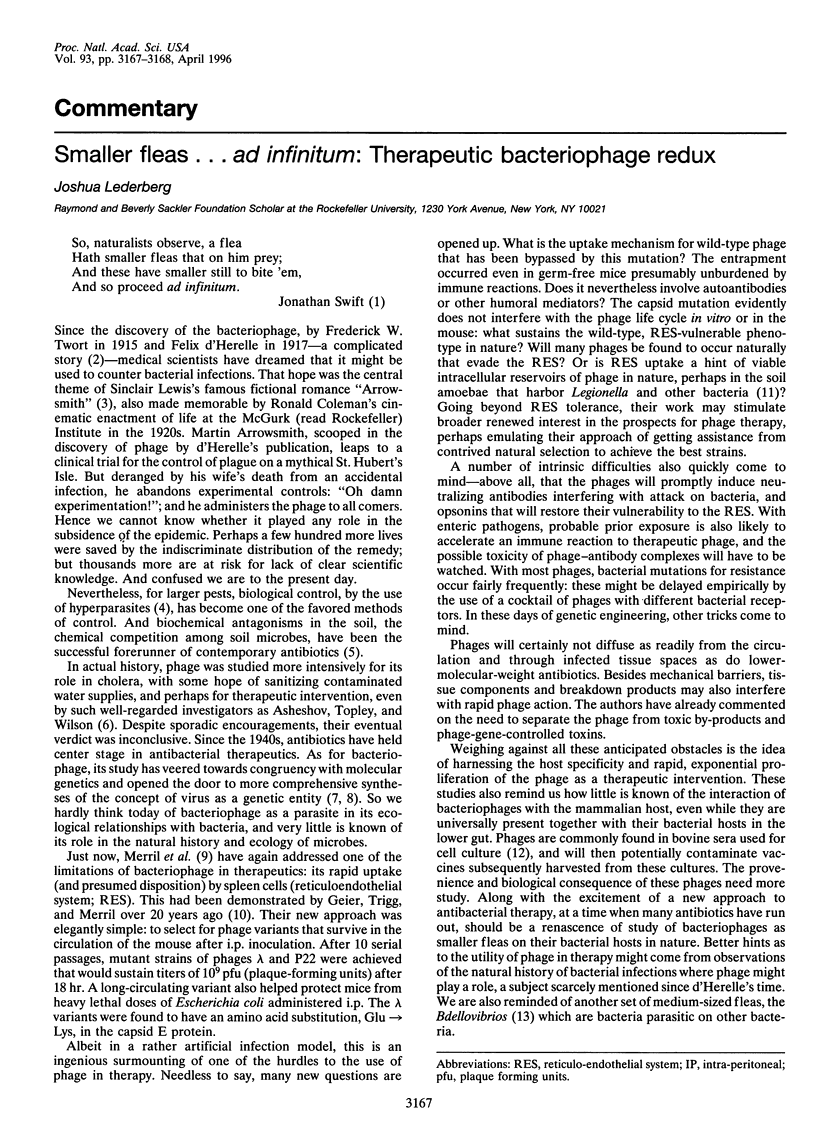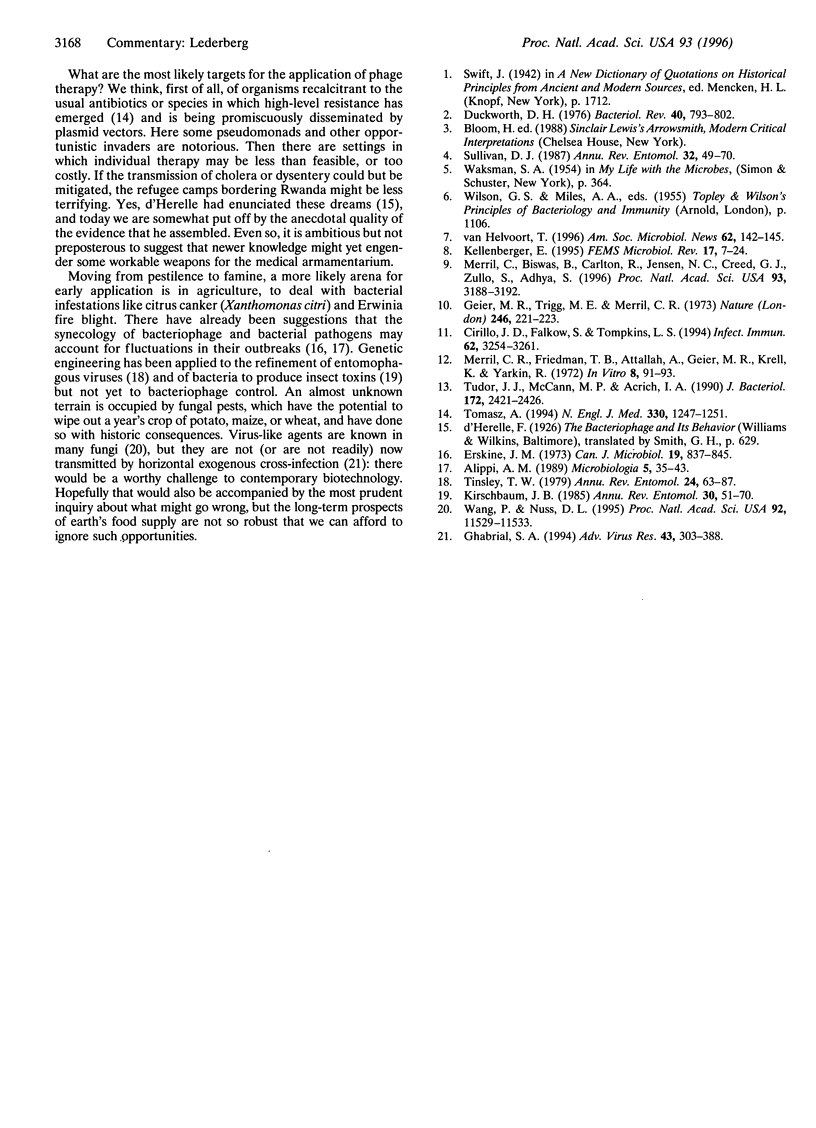Full text
PDF

Selected References
These references are in PubMed. This may not be the complete list of references from this article.
- Alippi A. M. Host range and particle morphology of some bacteriophages affecting pathovars of Xanthomonas campestris. Microbiologia. 1989 Jun;5(1):35–43. [PubMed] [Google Scholar]
- Cirillo J. D., Falkow S., Tompkins L. S. Growth of Legionella pneumophila in Acanthamoeba castellanii enhances invasion. Infect Immun. 1994 Aug;62(8):3254–3261. doi: 10.1128/iai.62.8.3254-3261.1994. [DOI] [PMC free article] [PubMed] [Google Scholar]
- Duckworth D. H. "Who discovered bacteriophage?". Bacteriol Rev. 1976 Dec;40(4):793–802. doi: 10.1128/br.40.4.793-802.1976. [DOI] [PMC free article] [PubMed] [Google Scholar]
- Erskine J. M. Characteristics of Erwinia amylovora bacteriophage and its possible role in the epidemology of fire blight. Can J Microbiol. 1973 Jul;19(7):837–845. doi: 10.1139/m73-134. [DOI] [PubMed] [Google Scholar]
- Geier M. R., Trigg M. E., Merril C. R. Fate of bacteriophage lambda in non-immune germ-free mice. Nature. 1973 Nov 23;246(5430):221–223. doi: 10.1038/246221a0. [DOI] [PubMed] [Google Scholar]
- Ghabrial S. A. New developments in fungal virology. Adv Virus Res. 1994;43:303–388. doi: 10.1016/S0065-3527(08)60052-4. [DOI] [PMC free article] [PubMed] [Google Scholar]
- Kirschbaum J. B. Potential implication of genetic engineering and other biotechnologies to insect control. Annu Rev Entomol. 1985;30:51–70. doi: 10.1146/annurev.en.30.010185.000411. [DOI] [PubMed] [Google Scholar]
- Merril C. R., Biswas B., Carlton R., Jensen N. C., Creed G. J., Zullo S., Adhya S. Long-circulating bacteriophage as antibacterial agents. Proc Natl Acad Sci U S A. 1996 Apr 16;93(8):3188–3192. doi: 10.1073/pnas.93.8.3188. [DOI] [PMC free article] [PubMed] [Google Scholar]
- Merril C. R., Friedman T. B., Attallah A. F., Geier M. R., Krell K., Yarkin R. Isolation of bacteriophages from commercial sera. In Vitro. 1972 Sep-Oct;8(2):91–93. doi: 10.1007/BF02615965. [DOI] [PubMed] [Google Scholar]
- Tinsley T. W. The potential of insect pathogenic viruses as pesticidal agents. Annu Rev Entomol. 1979;24:63–87. doi: 10.1146/annurev.en.24.010179.000431. [DOI] [PubMed] [Google Scholar]
- Tomasz A. Multiple-antibiotic-resistant pathogenic bacteria. A report on the Rockefeller University Workshop. N Engl J Med. 1994 Apr 28;330(17):1247–1251. doi: 10.1056/NEJM199404283301725. [DOI] [PubMed] [Google Scholar]
- Tudor J. J., McCann M. P., Acrich I. A. A new model for the penetration of prey cells by bdellovibrios. J Bacteriol. 1990 May;172(5):2421–2426. doi: 10.1128/jb.172.5.2421-2426.1990. [DOI] [PMC free article] [PubMed] [Google Scholar]
- Wang P., Nuss D. L. Induction of a Cryphonectria parasitica cellobiohydrolase I gene is suppressed by hypovirus infection and regulated by a GTP-binding-protein-linked signaling pathway involved in fungal pathogenesis. Proc Natl Acad Sci U S A. 1995 Dec 5;92(25):11529–11533. doi: 10.1073/pnas.92.25.11529. [DOI] [PMC free article] [PubMed] [Google Scholar]


